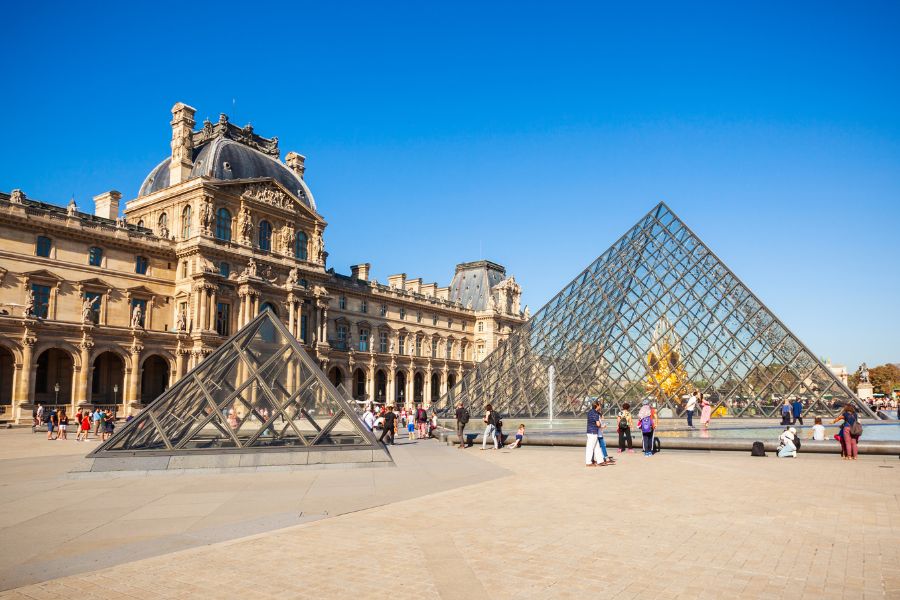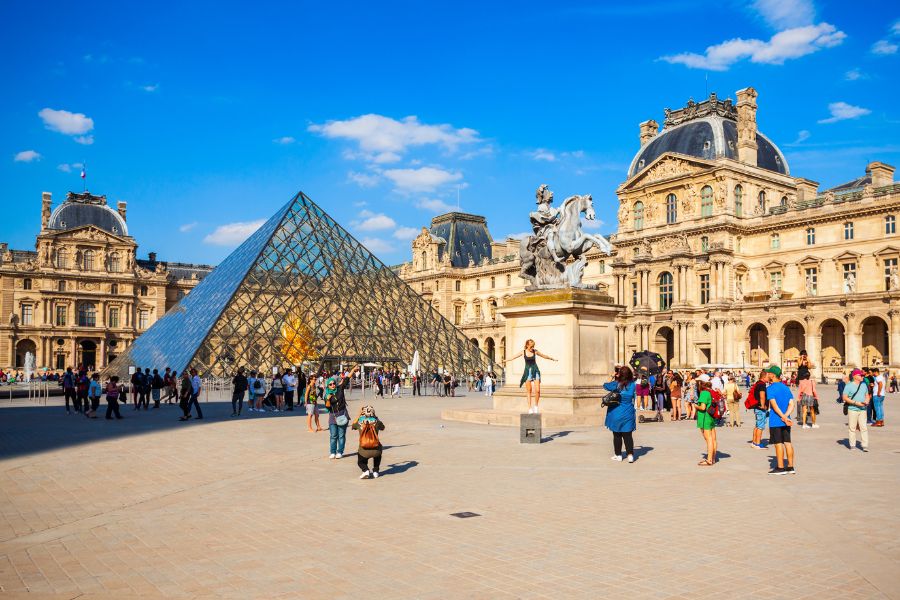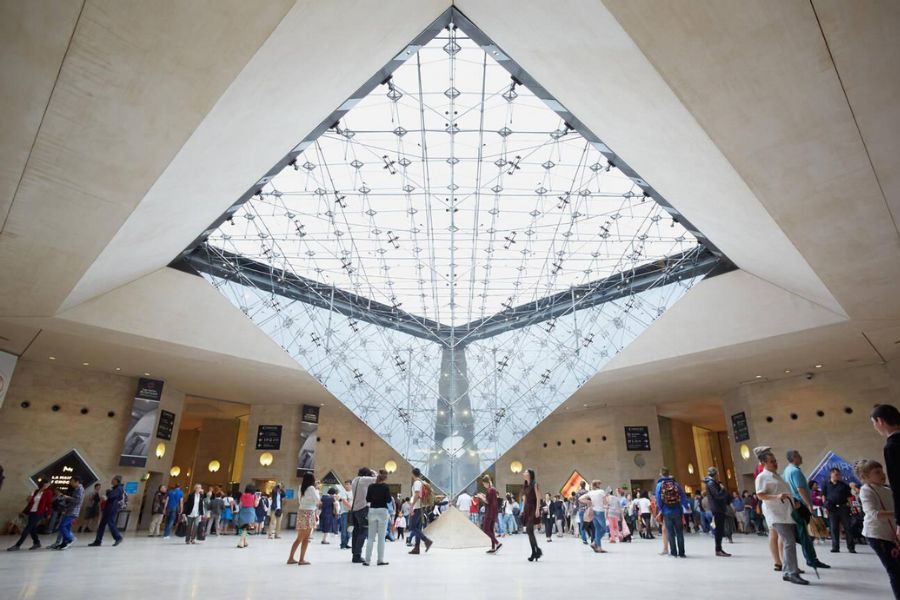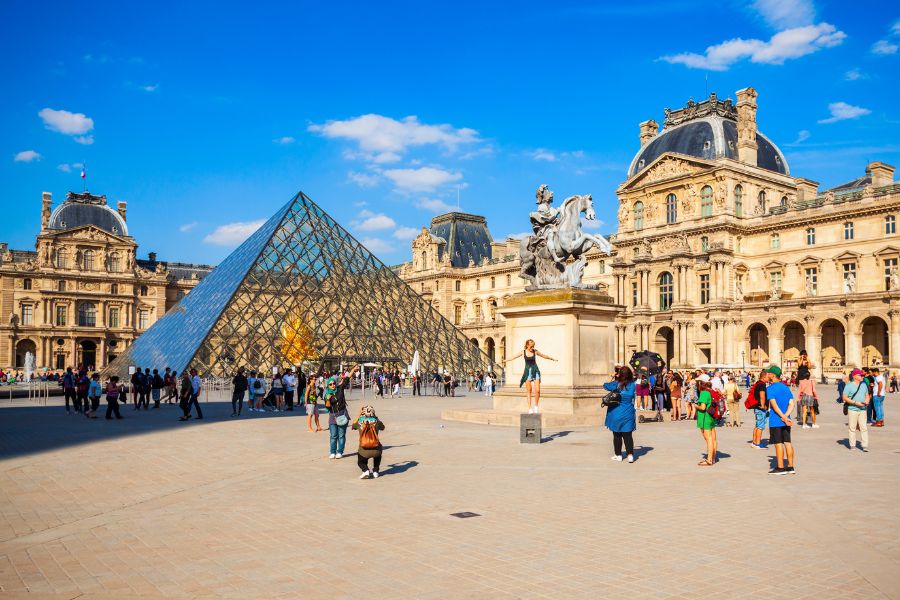Walking into the Louvre for the first time, I felt instantly lost in a sea of art, crowds, and endless hallways. The pressure to see the Mona Lisa, Venus de Milo, and all the other masterpieces hits you quick, and honestly, it can get overwhelming fast.
If you want to actually enjoy these icons without losing your mind, you need a simple survival guide. That’s exactly what I’ll try to share here.
I’ve braved those long lines, squeezed through crowds, and darted between tourists just to get a glimpse of the world’s most famous art. There’s a way to see the big stuff and still have energy for more.

Whether it’s your first Louvre visit or you’re coming back for round two, a few practical tips can turn chaos into a real adventure.
Mastering the Louvre: Preparation Is Everything
The Louvre isn’t a place where you just wander in and hope for the best. I find that planning ahead makes everything less stressful and way more enjoyable.
Essential Planning Tips
On my first Louvre trip, I totally winged it and ended up overwhelmed. With over 35,000 works on display and rooms that seem to stretch forever, you can’t see it all in a day.
Now, I pick a shortlist of must-sees—Mona Lisa, Venus de Milo, Winged Victory. I jot down their locations before I even get there.
Comfort matters. I always bring a water bottle, comfy shoes, and a snack. The marble floors look gorgeous, but they’re murder on your feet.

I check renovation alerts online because sometimes they close galleries or change routes without much warning.
Patience is a must, especially near the big-name works. I set realistic goals, take breaks, and remind myself to soak in the journey. Trying to see everything just isn’t worth it.
Navigating Tickets and Entry Options
Skipping the line at the Louvre is a total game-changer. I always buy my ticket online from the official website, which saves time and lets me pick a time slot.
There’s more than one entrance. The Pyramid entrance is iconic but always packed. I usually head for the Carrousel du Louvre underground entrance—less waiting, and it drops you right by the map stand.
Sometimes I book a guided tour. The guides handle tickets, entry, and help dodge sudden closures. They know the big hits and the hidden gems.
Understanding Museum Maps and Layout
The Louvre is a maze, no lie. I grab a paper map at the entrance or use the Louvre’s app on my phone.
The museum splits into three wings: Denon, Sully, and Richelieu. The Mona Lisa lives in the Denon wing, but other highlights like the Lamassu and Venus de Milo are tucked elsewhere.
I map my route ahead of time so I don’t double back or miss anything. Signs come in French and English, which helps, but knowing the layout gives me confidence.
If I get lost, staff and help desks are everywhere. They’re pretty used to frazzled visitors. When a gallery closes for restoration, signs mark the detour, and staff will point you in the right direction.
The mix of old and new architecture can throw you off, so spending a few minutes with the map upfront saves a lot of hassle.
Strategic Routes to the Mona Lisa and Venus de Milo
If you want to beat the crowds at the Louvre, you need smart planning, good timing, and the right entrance.

Both the Mona Lisa and Venus de Milo draw huge crowds, so every minute and hallway choice matters.
Optimal Timing for Famous Masterpieces
Getting to the Mona Lisa right at opening made a huge difference for me. I arrived just before the doors opened and found myself among the first inside.
That gave me a surprisingly peaceful view of Leonardo’s painting—which gets mobbed later in the day.
Crowds around the Venus de Milo build a bit slower. Heading there right after the Mona Lisa worked well for me. If you can’t make it early, late afternoons are usually quieter, especially on Wednesdays and Fridays when the museum stays open late.
These times let you really look at the art and soak in the value of these masterpieces without feeling rushed.
Avoiding Crowds: Insider Paths
Everyone seems to flood into the Denon Wing for the Mona Lisa, which creates bottlenecks. Instead, I take less obvious hallways and smaller staircases to dodge the worst of it.
After entering, I follow the signs but also keep an eye out for staff—they sometimes share shortcuts to quieter corridors.
A few tips that worked for me:
- Follow the crowds up the escalator, but slip left before the main gallery
- Look for “Salle des États” signs (that’s the Mona Lisa’s room) and ask staff for shortcuts
- After seeing the painting, backtrack a bit and cut over to the Sully Wing for Venus de Milo, skipping the big crowd routes
These side paths are marked, but not everyone spots them. Taking them made my visit smoother and less stressful.
Alternative Entrances and Shortcuts
Most people head for the Pyramid, but I use a lesser-known entrance: the Carrousel du Louvre. This underground shopping mall leads right into the museum, and security lines there are way shorter.
There’s also the Porte des Lions entrance, which sometimes opens for direct access to Italian paintings. Picking the right door can save you a lot of time, especially during peak hours.
Once inside, these alternative entrances put you closer to the art you want. The Carrousel entrance drops you near escalators straight into the Denon Wing—no need to fight through Pyramid crowds.

This shortcut alone changed how quickly I reached both the Mona Lisa and Venus de Milo. I could actually enjoy them without battling for space.
Beyond the Icons: Hidden Gems of the Louvre
The Louvre has way more to offer than just the crowded rooms around the Mona Lisa and Venus de Milo. Some of the coolest treasures hide in quieter corners, waiting for anyone willing to wander a bit.
Underrated Artworks to Seek Out
Some of my favorite finds are pieces most people walk right past. The ancient Lamassu sculptures from Assyria—huge winged bulls with human heads—always stop me in my tracks.
Their sheer size and detail feel like a portal to another world.
In the French painting galleries, I once spent ages in front of Georges de La Tour’s The Cheat with the Ace of Diamonds. It’s a quiet masterpiece, all about human drama, without any flashy colors.
It makes you think about human nature, deception, and what actually makes art powerful.
I always swing by the Dutch Masters room. In a corner, Vermeer’s The Lacemaker rewards patient viewers with delicate brushwork and a kind of peaceful stillness that’s rare in busier halls.
The calm invites me to think about creativity as both craft and meditation.
A few lesser-known sculptures, like the sphinx from Tanis, show how different cultures express ideas about power and beauty. Exploring these, I get a sense of how aesthetics shift across time and place.
Exploring Specialized Collections
I’m always drawn to rooms that show off the Louvre’s diversity. One section houses Islamic art—gleaming ceramics, inlaid metalwork, and bright textiles from North Africa, the Middle East, and beyond.
The vibrant patterns and unexpected materials challenge Western ideas of beauty, offering a totally fresh take.
The Decorative Arts galleries are a secret palace for design fans. Furniture, tapestries, and ornate jewelry reveal how royal tastes changed with philosophy and social trends.
Sometimes I stumble into the medieval Louvre remains in the basement. Seeing the old fortress walls puts art in context—the raw stone makes me rethink the stories behind each piece.

Every visit to these specialized collections deepens my appreciation for how art reflects changing beliefs and values. The variety reminds me that beauty and meaning are never just one thing.
Experiencing Art: Finding Beauty Without Overwhelm
Wandering the Louvre taught me that beauty isn’t about rushing or seeing everything at once. The real joy comes from slowing down, catching the stories behind the art, and letting myself take breaks between iconic works.
Mindful Art Appreciation Techniques
Crowds always gather thick around the Mona Lisa. Everyone wants that perfect photo, and it’s easy to get swept up in the rush.
I found that slowing down—really focusing on the details and mood of a single artwork—makes the whole visit more enjoyable.
I pick one piece at a time to truly experience. Looking closer, I spot brushstrokes and subtle shades I’d miss otherwise.
Letting my mind rest on the colors and forms helps me connect with the artwork’s energy, even if it’s not a famous masterpiece.
Sometimes I close my eyes for a few seconds and take a couple breaths. That little mindfulness trick helps me enjoy a painting or sculpture, instead of worrying about what I’m missing elsewhere.
Connecting With Artistic Narratives
Every piece at the Louvre—from Venus de Milo to Da Vinci’s works—has its own backstory. Learning just a bit about the artist or the legend behind the piece totally changes things.
Suddenly, it’s not just an object in a frame; it’s a story I get to step into.
When I look at Venus de Milo, I wonder about her missing arms, ancient Greek ideas of beauty, and how she ended up in Paris. The background turns art from just “pretty” to meaningful, and I get a little rush when I discover something new.

I like to jot down quick notes or snap photos of info plaques. Later, as I rest, I revisit these stories—it keeps the experience alive and personal.
Balancing Aesthetic Experiences and Rest
Spending hours in the museum can wear anyone out. After taking in a powerful work or too many details, I look for quiet spots—benches away from crowds or peaceful corners with a view of the courtyard.
Regular breaks make each painting feel fresher and keep art fatigue at bay. I also try to just “be” in the space, listening to footsteps echo or the background hum.
These moments help me digest what I’ve seen and reset before diving in again.
What works for me:
- Alternate between busy galleries and quiet ones
- Bring a snack or refillable water bottle
- Take mini-breaks: five minutes after every two or three major artworks
Art should feel pleasant, not exhausting. When I let myself slow down, the beauty of each moment really sinks in.
Practical Guide: Language, Accessibility & Louvre Etiquette
Navigating the Louvre means more than just following maps. Communicating across languages and understanding accessibility options can make every visit smoother and more welcoming for everyone.
Essential French Phrases and Signs
When I first visited the Louvre, I quickly realized that knowing a few basic French phrases made everything a lot smoother.
Most of the signs and guides show both French and English, but I noticed staff really appreciate a simple French greeting. It just feels polite, you know?

Here’s a table of phrases I leaned on the most:
| English | French | Use Case |
|---|---|---|
| Hello | Bonjour | Greetings |
| Thank you | Merci | Showing appreciation |
| Where is…? | Où est… ? | Asking for directions |
| Restroom | Toilettes | Finding facilities |
| Exit | Sortie | Looking for exits |
Ticket kiosks and information panels usually let you pick your language.
I found out the audio guides actually come in more than ten languages. Everything from English to Japanese and even Arabic pops up.
That kind of variety really helps everyone feel welcome, no matter where you’re from.
If you spot a sign that says entrée, that’s your entrance.
And sortie? You’ll see it everywhere. It means exit—definitely good to know if you’re wandering through endless galleries.
Accessibility Tips for All Travelers
Honestly, I was surprised by how much the Louvre does to welcome people of every age, mobility level, and background.
You’ll find step-free main entrances, which is great, and there are lots of elevators if you can’t use the stairs.
If you need a wheelchair, just ask at the information desk—they’ll lend you one for free.
Accessible toilets are easy to spot because they use clear universal symbols.
If you’re blind or have low vision, you can get tactile maps and guided tours with audio descriptions, but you’ll want to request those in advance.
All-gender restrooms keep things simple, and there are baby-changing facilities, too.

The staff seem genuinely friendly and always jump in to help, no matter your gender or class.
I felt comfortable asking questions, and I noticed visitors from all backgrounds getting support when they needed it.

